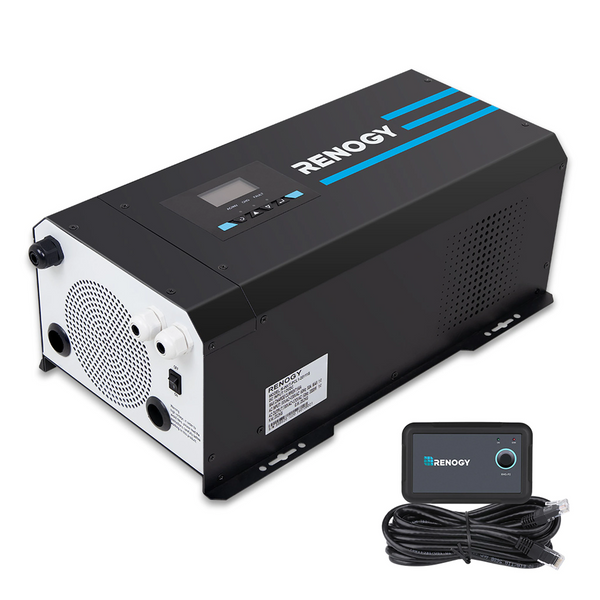Anyone who is on the move in a car, truck, RV, or motorboat can use an inverter. This is because each car has a battery (usually 12 volts) that can be used to drive laptops, DVD players, and even refrigerators. But the car battery is direct current (DC), and all these devices are AC (AC). At this point, the inverter comes in handy.
The power inverter has only one function: converting direct current into alternating current. Buy a small box that can be plugged into a cigarette lighter socket or connected directly to a battery, and you can plug in all of these devices, charge your smartphone, run power tools, or set up lights at a campsite.
Yes, the power that the inverter can provide is limited. But in general, if the device is light enough to carry with you, then you can run it on the car with an inverter.
Power inverter and portable generator.
Although larger inverters do exist, this paper focuses on 12-volt power inverters using 12-volt batteries. The amount of energy they can provide is limited.
The inverter does not generate electricity. It converts the DC output of the battery into AC electricity. You can put the inverter in the car. If left unattended, some power inverters may run out of batteries. Most have an alarm to warn you when the battery is low, or an automatic sensor detects low power and turns off the device. To restore power, just start your motor. Your car will recharge the battery after a period of time.
Portable generators generate electricity by themselves. But you have to fill up the gas and start the motor, which can be noisy. Portable generators, even small ones, must remain outdoors.
If you want to go camping and find peace and tranquillity, inverters are always better than generators!
Characteristics of power inverter.
There are two main factors to consider when choosing a power inverter: output and connection.
Output: the output is measured in watts, and on the inverter, it runs from about 150W to a maximum of 10000 watts.
Connect: If you can't plug in your device, all the power supplies in the world won't do you any good. Low-power inverters usually have an AC (domestic) socket and one or two USB ports. A high-power inverter may have four AC sockets and four USB ports. However, not all USB interfaces are the same. On cheaper power inverters, the power supply of USB ports can be as low as 1 ampere. On more powerful models, it can be greater than 2 amperes. This will greatly shorten the charging time.
Having enough connections to meet your needs is critical, but it must be balanced with your power needs. There is no point in installing four AC sockets on a 150-watt inverter. There is not enough output to drive so many devices.





